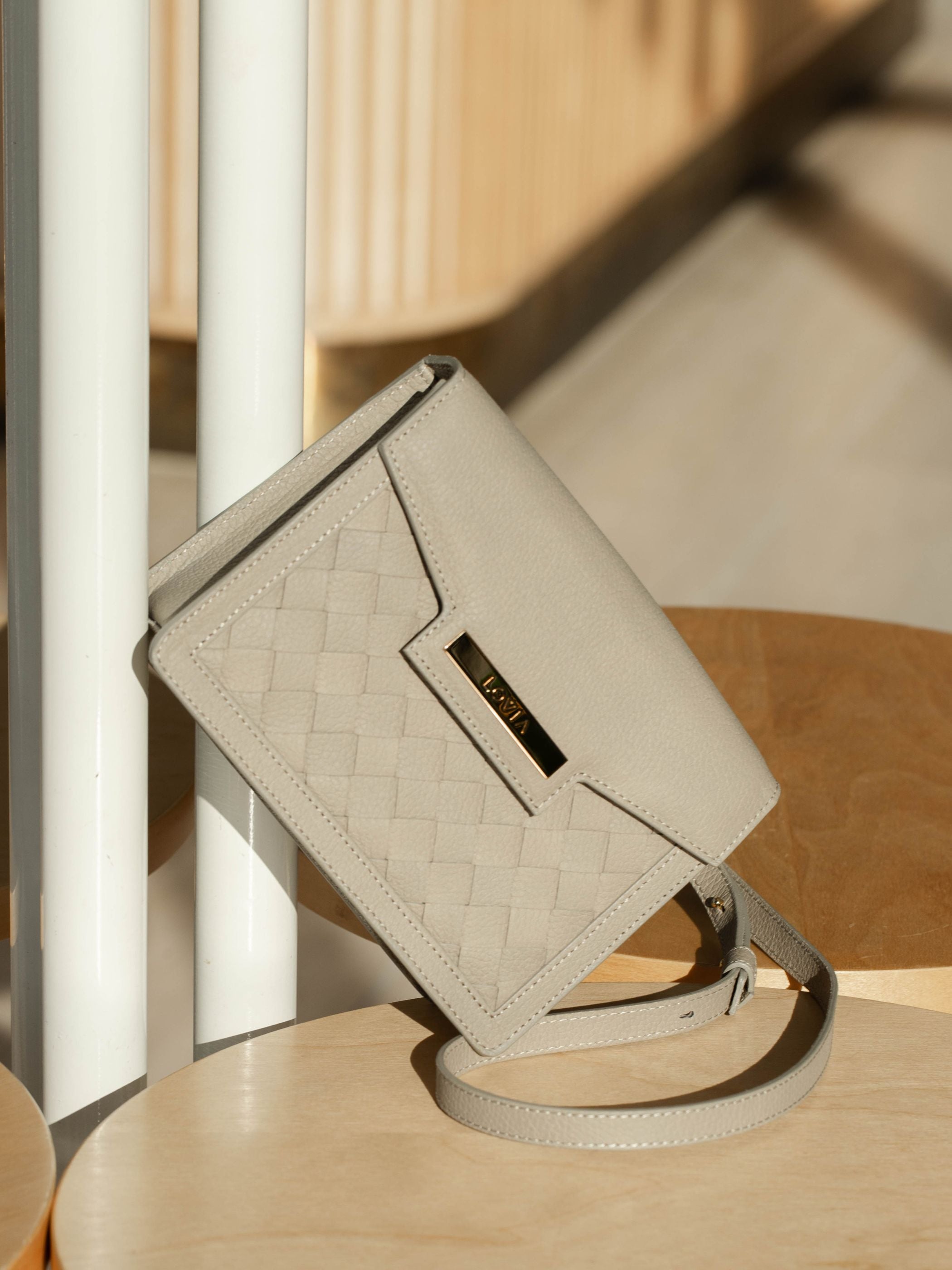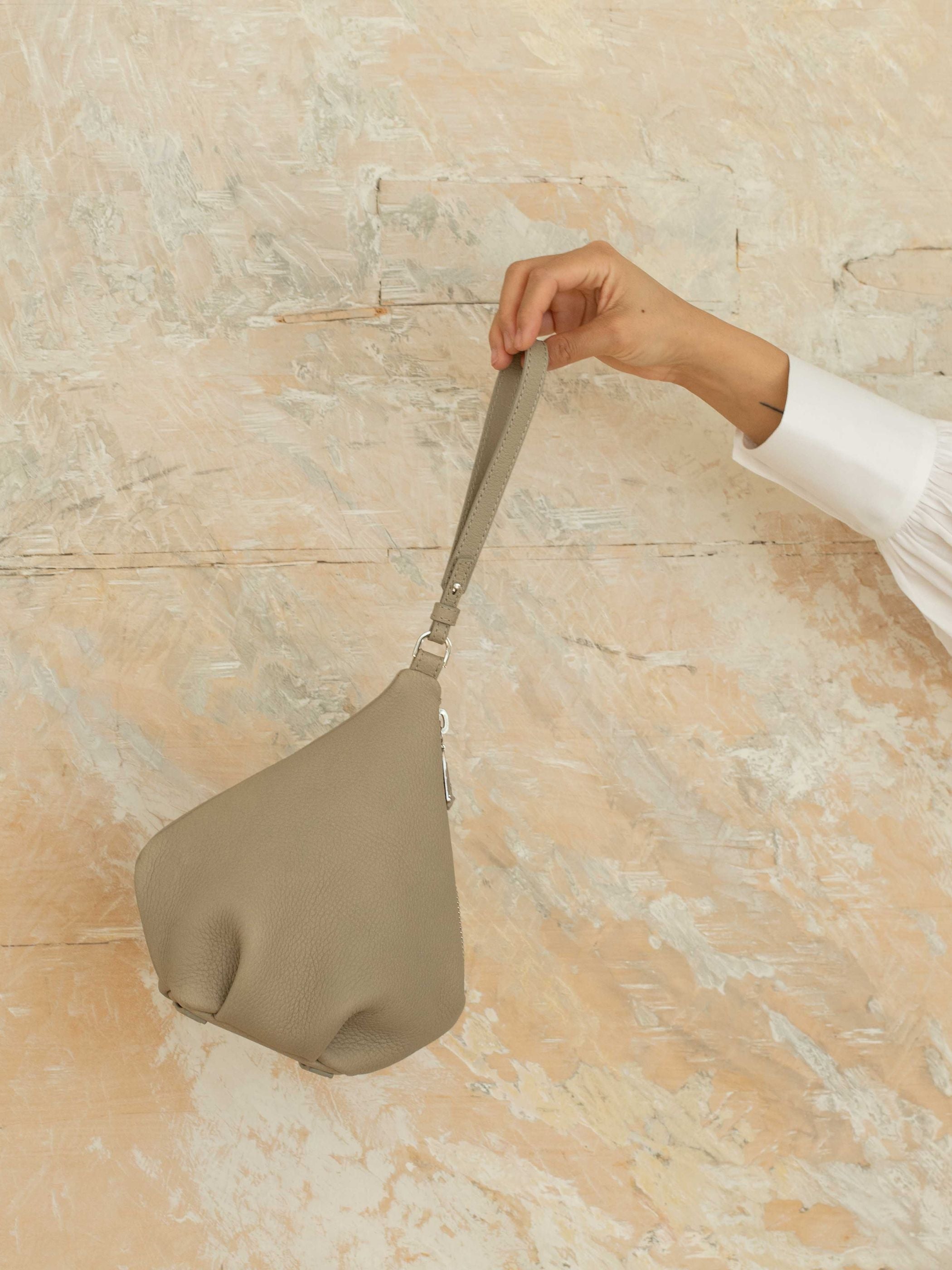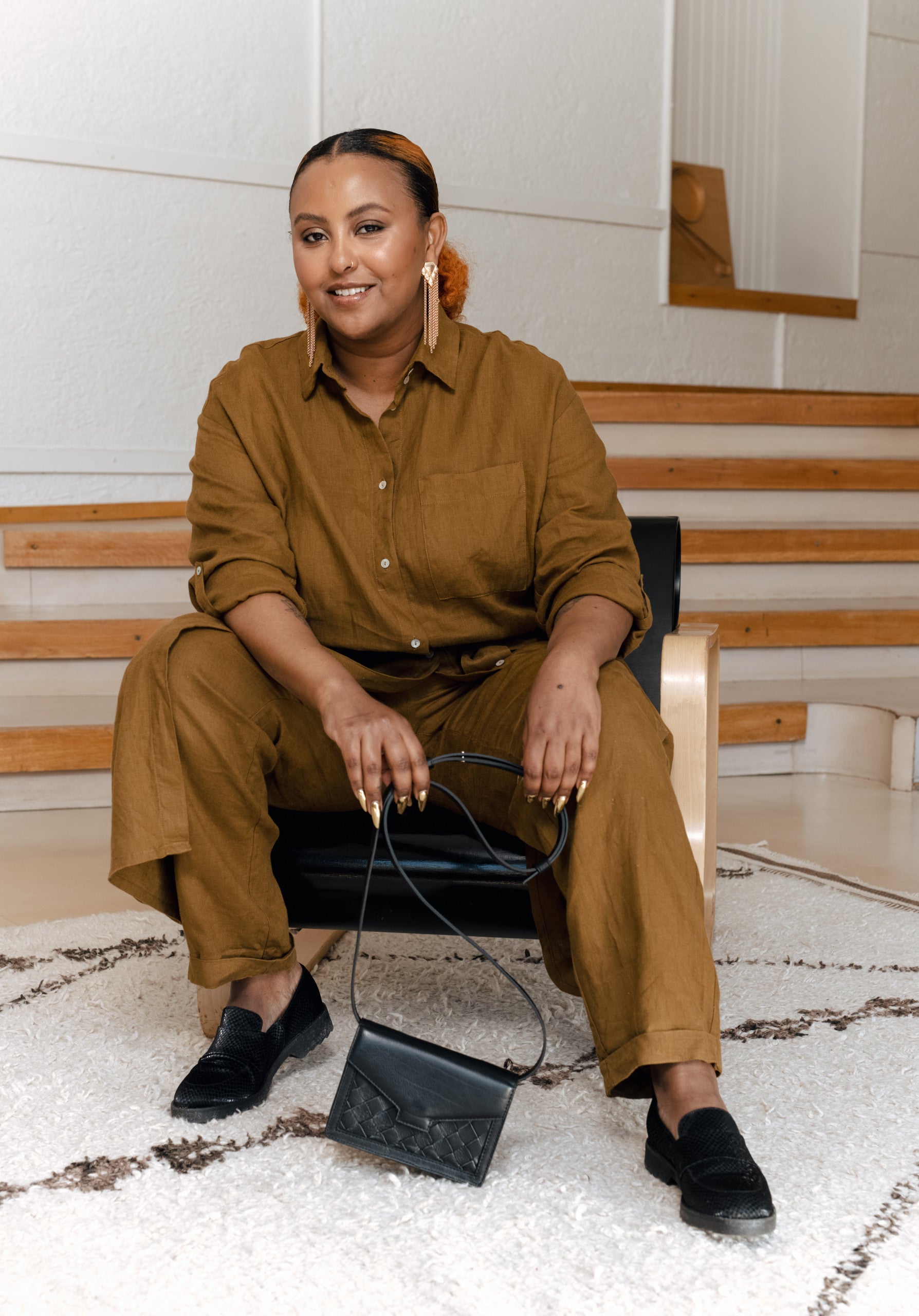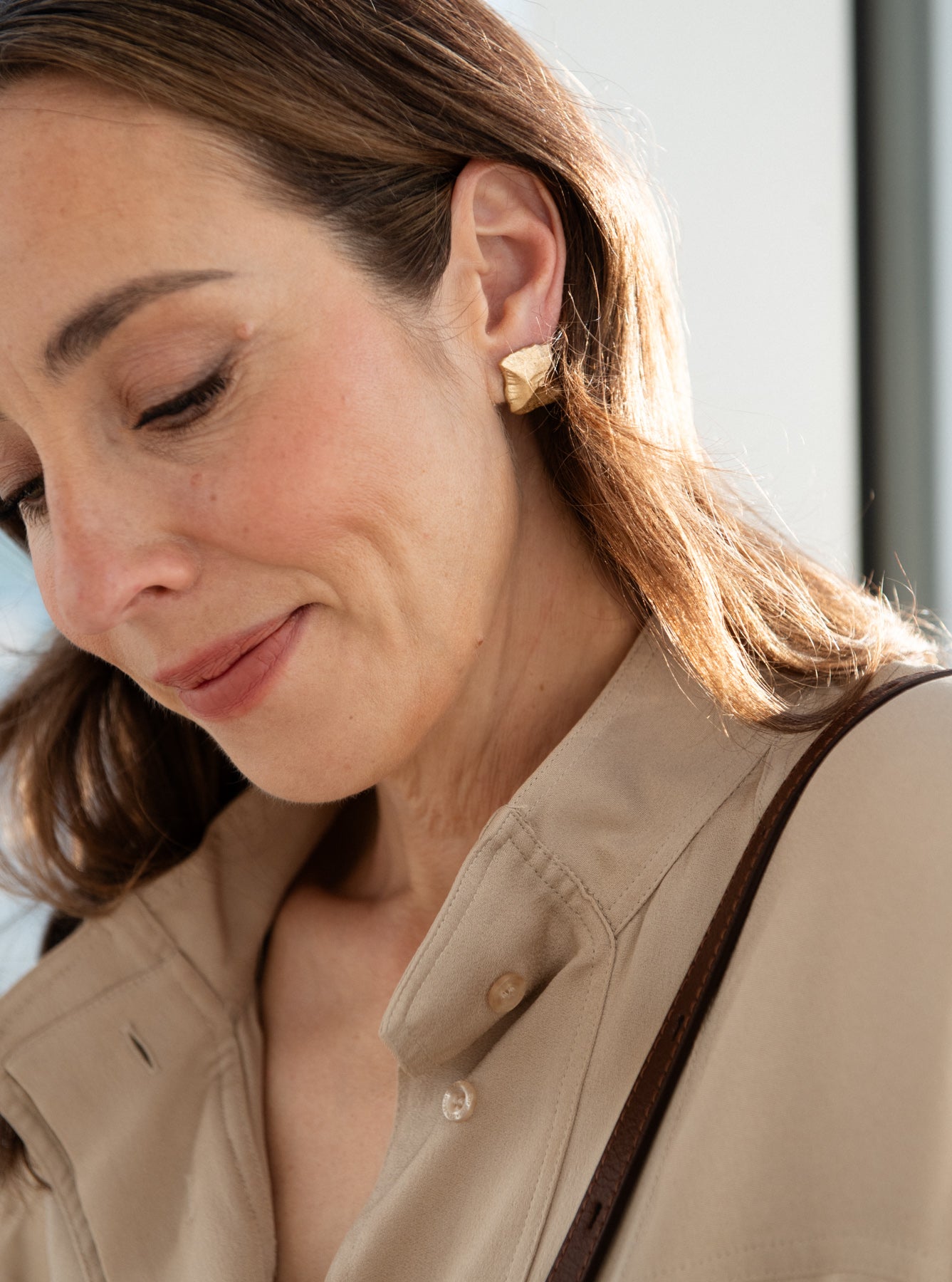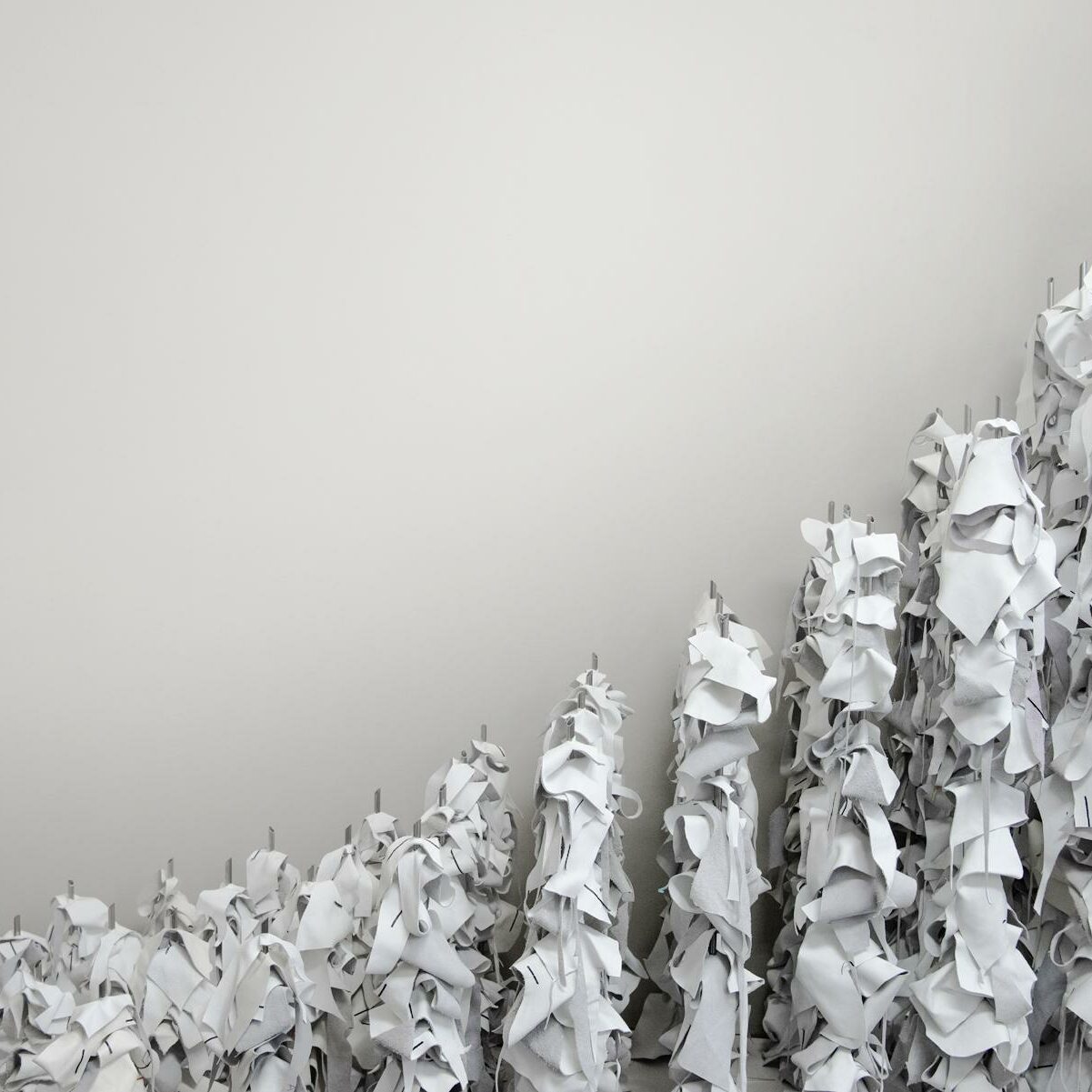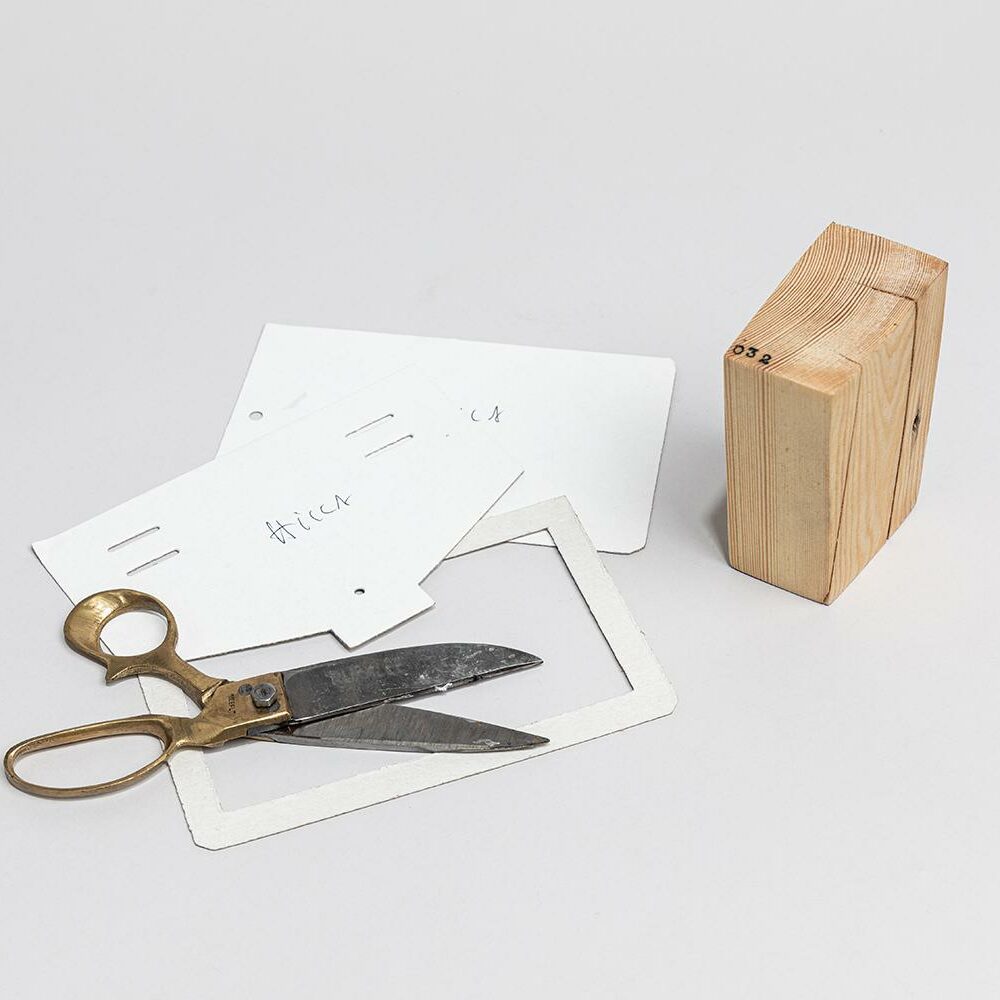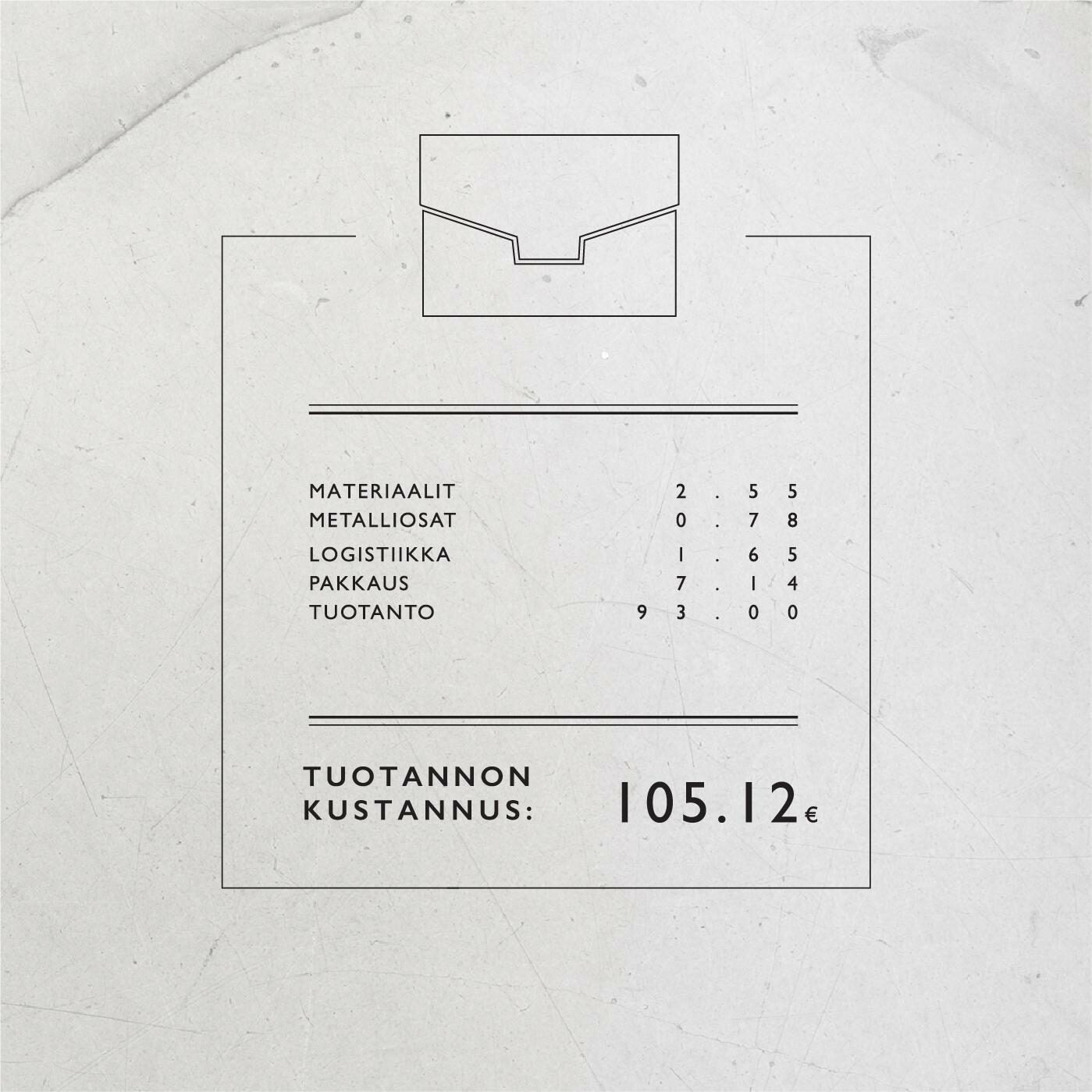It's time to do things differently and reveal the emissions behind our bags.
In today's world, it is almost impossible to live without consuming anything. In order to avoid putting too much strain on the environment, consumption must become more responsible. But how can we make environmentally smart decisions? To make more informed decisions, we need information, and that is why we are now revealing the carbon footprint of every Lovia bag. Honesty is not always pretty, but these are things that cannot be left unsaid.
We call it brutal honesty.
This is what raw honesty means to us
To be honest with others, you must first be honest with yourself. Only through honesty can we understand the successes and problems of our own operations. Together with Ronja Salmi, we tell you what the carbon footprint of a bag actually means.

What is included in a carbon footprint?
Materials
Production
Logistics
Packaging
Adventures
Recycling
In order to improve, we must first know where we are. When we understand the current state of our own emissions, we can improve the factors that cause them and move towards a carbon-neutral future. The fashion industry has no standards for calculating emissions from production. We have created our own Lovia model for this purpose together with a third-party consultancy firm, and the resulting report and the calculation formulas used can be found at the end of this page.
In calculating the carbon footprint of a product, we have taken into account the different stages of the life cycle that cause emissions: all materials, production, logistics, product use and recycling of the product at the end of its life cycle. Below you can see an example of the total emissions of a HILLA bag broken down into different stages of production.
Why is this important to us?
Measuring our carbon footprint is an important tool for us, showing us which direction to continue our journey. To slow down climate change, we need to understand the impacts of our actions and continuously improve them.
What is the significance of a carbon footprint?
The carbon footprint reveals the truth about our production processes, so it has a major impact on our decision-making. By examining emissions figures, we can decide whether a product is necessary, inspire us to look for new materials, measure progress, and raise awareness and spark discussion.
Why do we want to tell you this?
We hope that sharing the carbon footprint of our products will help you understand the overall ecosystem of the fashion world and its impact on the environment, and inspire you to make more responsible choices.
It all begins:
From the design table
It all starts at the design table. Our goal is always to create a contemporary yet timeless design that serves reliably in many different situations. In order for the product to be manufactured based on circular economy thinking and its emissions to be minimized, these issues must be taken into account already in the draft phase of the bag. In addition to the design, the choice of the right material and the product structure must be carefully planned to enable the longevity and repairability of the product.
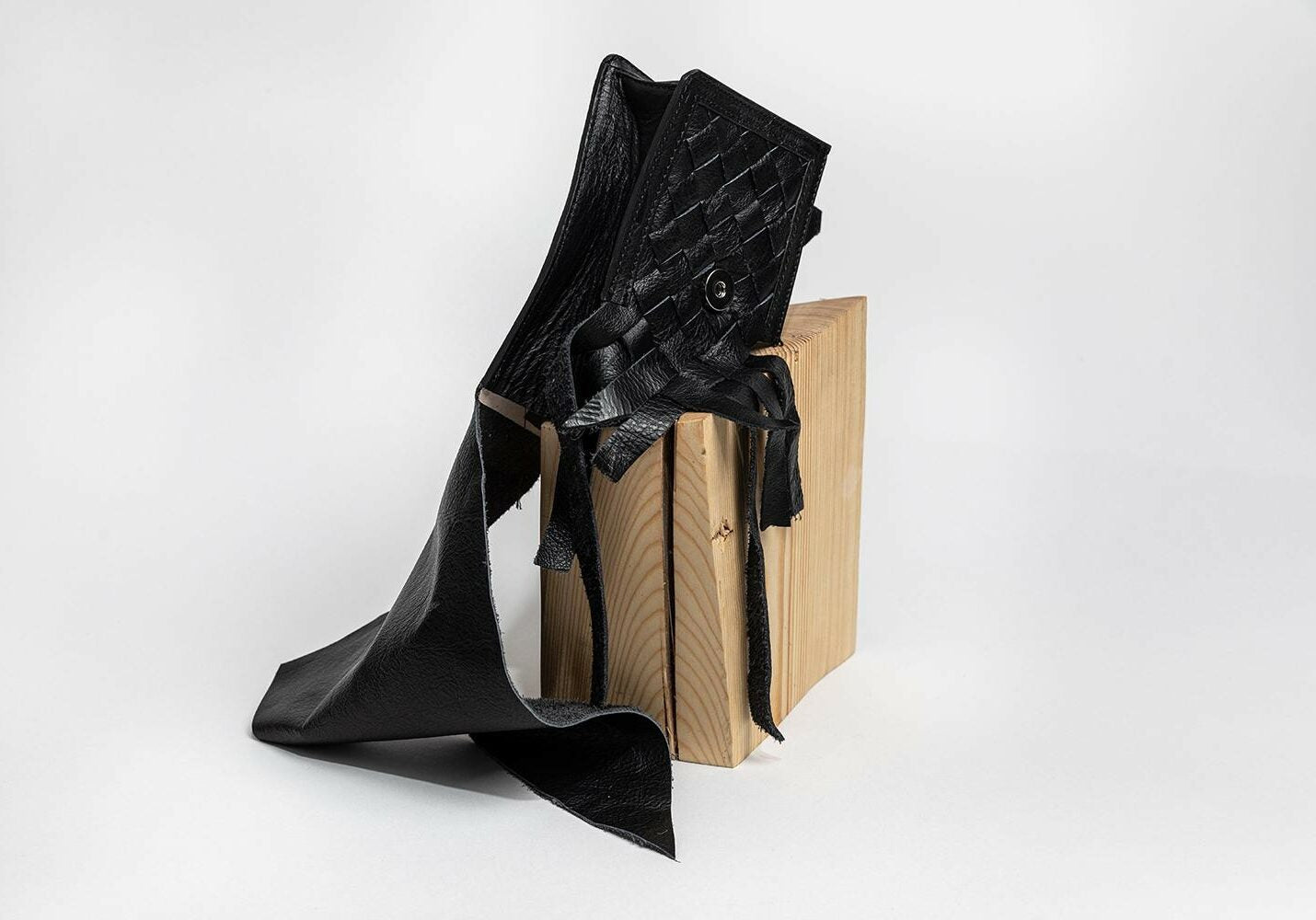
Materials
Using surplus material reduces emissions from our products by making them useful and not ending up in landfill. If we were to use recycled material instead of surplus material, it would require even more resources and energy to produce.
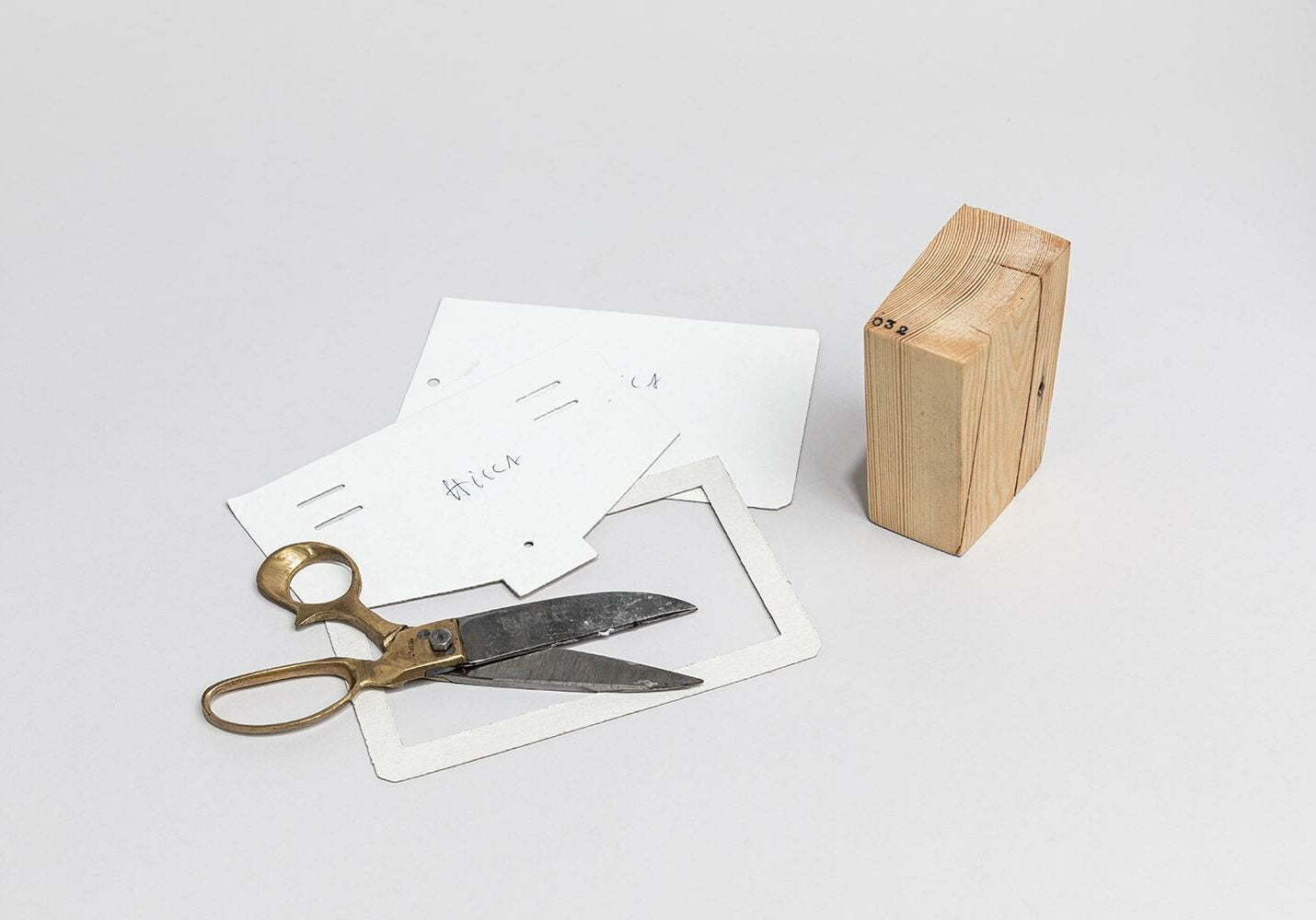
Production
Thanks to our direct production chain, we are able to ensure the quality, ecology and ethics of our production. Since the beginning of Lovia, it has been important to us to be open about our production and to care about the well-being of the people working behind our products. We know our producers well and are in constant contact with them, which allows us to develop our cooperation in a better way from an environmental perspective.
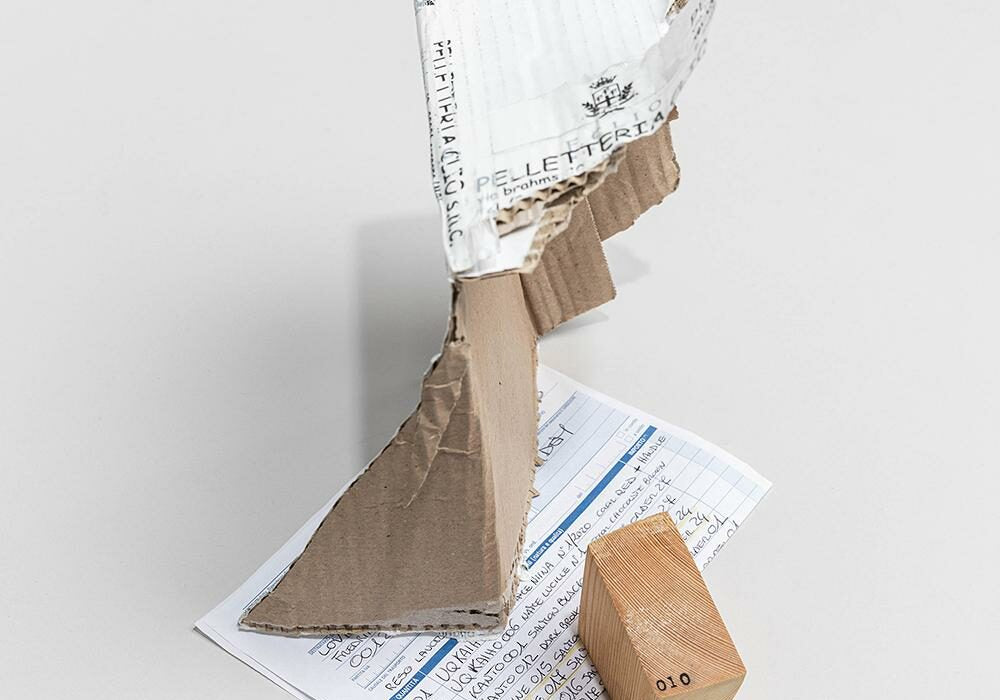
Logistics
When it comes to global supply chains, it is important to consider the impact of logistics on the carbon footprint of a product. Materials and finished bags travel between Helsinki and Italy by road instead of air freight, so that we can minimize emissions from transportation. The carbon footprint of logistics only includes emissions from production logistics, not emissions from deliveries of finished products. Bags and jewelry travel to their new homes using climate-compensated transportation.

Product packaging
The packaging of our products also creates its own emissions. The bags that protect the bags are made from cotton waste and help our products last longer. All other materials used in the packaging, such as cardboard boxes, product cards, care instructions and tissue paper, are mostly made from recycled materials. We only include the necessary protective materials and information in the packaging to minimize the emissions caused by them.
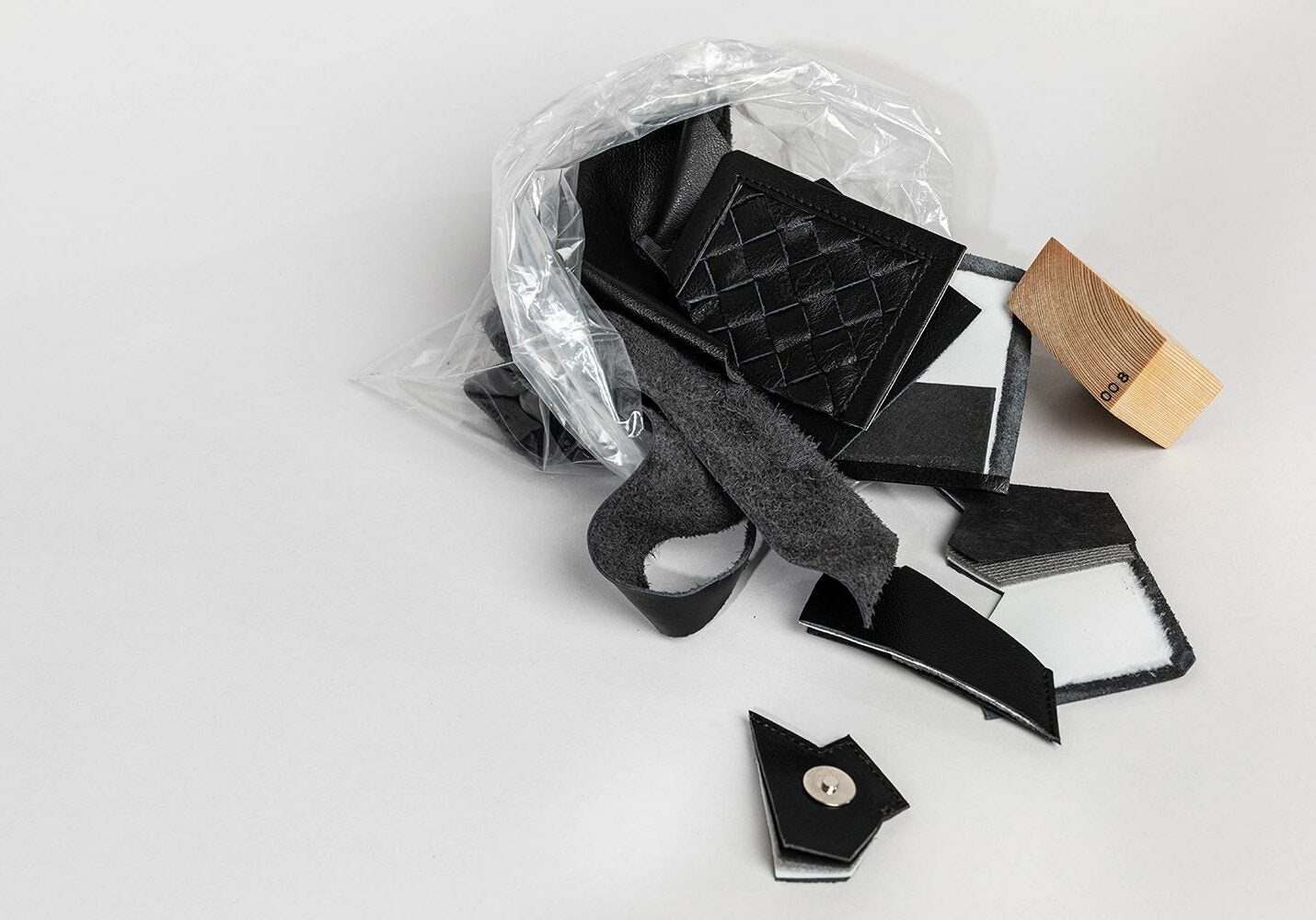
The final journey of the product
When the time spent with the bag comes to an end, the best option is to give it to a new owner. With proper use and good care, you can maintain the value of the bag and your treasure can still be passed on to a new owner. If the bag has already been used up, it should be disposed of as mixed waste. This is far from a perfect solution and we are currently working to develop recycling options for the different parts of the bag.
Life together:
Enjoy and take care of your treasure
While you are enjoying your bag, the product's emissions are practically zero. Bags do not require regular washing, like clothes, so their use does not cause emissions. To ensure that your bag has the longest possible life with you, it is worth taking good care of it. By giving your bag a little attention and care, you can increase its lifespan by even years. We have compiled care instructions for all of our bag materials to make care as easy as possible for you. The longer you continue to live with your bag, the less need there is to buy new ones and increase consumption.
We want to continue on the path of brutal honesty and instead of always trying to be right, we want to do the right thing for the environment. That means we are going to be open about things that are not perfect at the moment. Our goal is to create a circularity in our operations, where nothing is wasted, while minimizing the energy and resource use we use. This goal is directly related to how we develop our collections and practices; what materials and designs we choose or how we increase the durability and versatility of our products.
We want to focus on these development areas next:
- Bag lining material: We currently use a polyester blend, sourced through our Italian partner Clio. We are currently transitioning to recycled material, which will be used in all our bags in November 2021.
- The carbon footprint of our jewelry: At the moment, we have only calculated the carbon footprint of our bags. Next, we plan to calculate the emissions figures for our jewelry as well.
- Collaboration & development: Some of our partners currently use fossil energy in their production. Our goal is to change the direction towards the use of renewable energy together.
- More to come: Our next goal is to reveal even more science-based information about the life cycle impact of our products and the environmental consequences of our own supply chain. To this end, we plan to collaborate with the Natural Resources Institute Finland.

